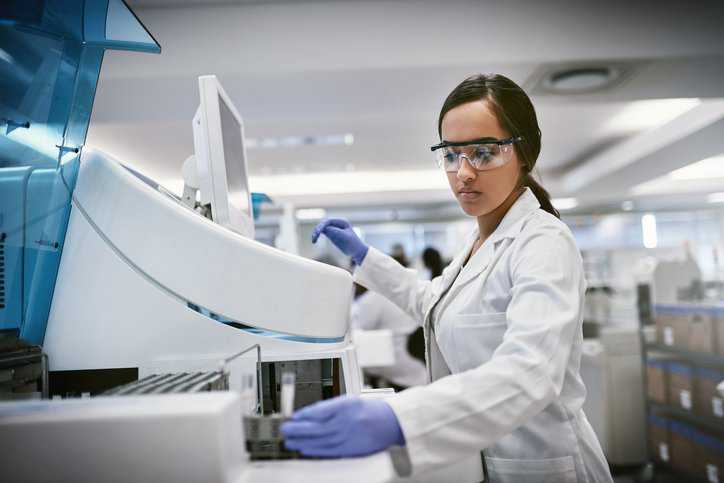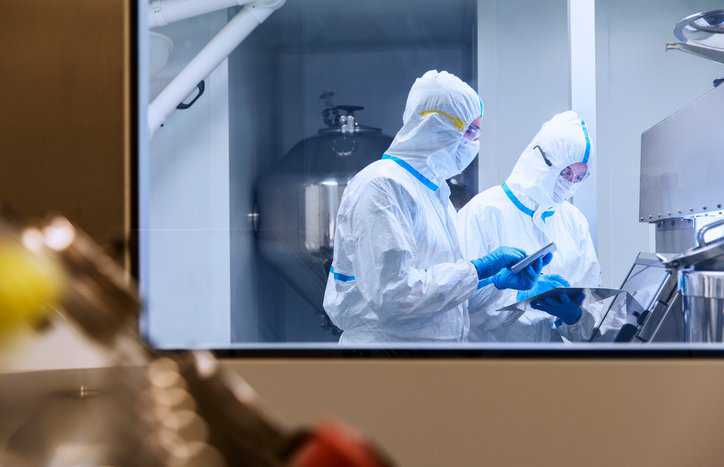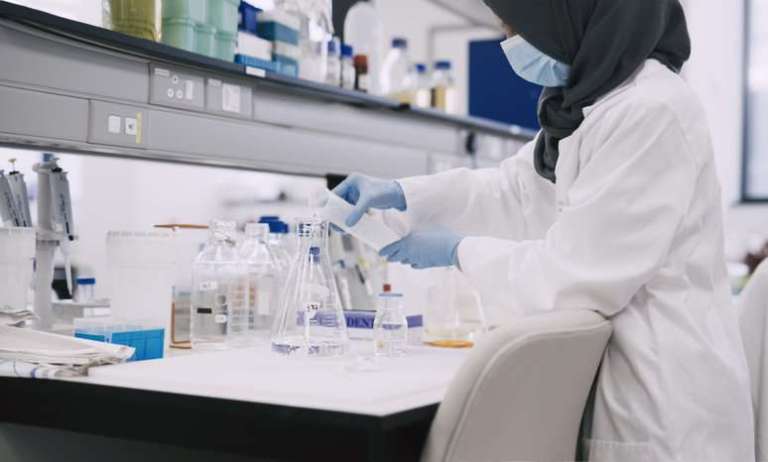21 CFR Part 58: GLP for Nonclinical Laboratories
What Is 21 CFR Part 58? 21 CFR Part 58, Good Laboratory Practices for Nonclinical Laboratory Studies, prescribes good laboratory practices, or GLP, for conducting…

What Is 21 CFR Part 58? 21 CFR Part 58, Good Laboratory Practices for Nonclinical Laboratory Studies, prescribes good laboratory practices, or GLP, for conducting…

Laboratory errors have a reported frequency of 0.012–0.6 % of all test results. This is why proficiency testing (PT), a formal type of interlaboratory comparisons, is an…

When sending samples to a laboratory for testing, the reported results can impact what happens next, such as deciding to release a product to the…

ANSI/NCSL Z540-1 and ANSI/NCSL Z540.3, both commonly referred to as ANSI Z540, form a supplemental accreditation program to ISO/IEC 17025:2017. Implementing a laboratory management system…

The cannabis industry has seen significant growth in the past few years from the new medical and recreational markets to the development of consensus methods….

The Consumer Products Safety Improvement Act (CPSIA) was voted into law in 2008. The CPSIA includes provisions for addressing lead levels, phthalates, toy safety, and…

Many are familiar with the saying, “Measure twice, cut once,” which stresses the importance of being diligent when performing a measurement to ensure its accuracy….

What is P25 CAP? The Project 25 Compliance Assessment Program (P25 CAP) ensures interoperability among the radio communications equipment used by first responders. Developed by…

ISO/IEC 17025 accredited laboratories use Reference Materials, or RMs, and Certified Reference Materials, or CRMs, in a variety of ways. RMs and CRMs can be…